Leica makes some incredible lenses, everything from wide-angle masterpieces to telephoto nail drivers. So which lens do you get first? Or better yet, what if you could only have one lens, which would it be? This question always seems to pop up and the answer is always something like “without knowing what you like to shoot we can’t recommend anything”… But, I feel confident I can recommend an answer to this question that will suit 99.9% of Leica shooters out there.
First, there are probably many reasons this question gets asked by folks who know it’s a difficult question to answer – without knowing them or their shooting style. One reason this question gets asked so frequently is the high cost of Leica lenses relative to other manufacturers. If you’re going to pay a large amount, what it would cost to buy 3 or more lenses with most other manufacturers, you want to make sure you’re getting the right lens because you may only be able to afford one lens at first. Another good reason folks ask which lens to get is that Leica has various models of the same focal length with variations in widest aperture, image quality, size, and price… It can be a little intimidating at first.
The best lens to purchase first, in my humble opinion, is the one you can afford (I’ll make an actual suggestion below, bear with me). Ignore comments like “you shouldn’t use a Leica without a Leica lens” or “what’s the point of buying a Leica camera and using a seemingly lower quality lens”. I’m going to level with you here, image quality isn’t everything. If you’re able to put interesting subject matter in front of your lens you’ll worry less about the marginal difference between the sharpest Leica and the sharpest Voigtlander (for example) lens. Besides, incredibly sharp photographs of boring subject matter is still just boring. Now, which lens do I feel confident recommending to anyone who asks which Leica lens they should get? Hands down, it’s the Leica M 35mm f/2 Summicron .
The Leica M 35mm f/2 Summicron lens is the perfect size, has amazing image quality, and is the perfect focal length for just about any type of photography (that one would reasonably do with a Leica). The focal length of 35mm is one of the most versatile focal lengths available. Not convinced? Here’s a handful of reasons the 35mm f/2 lens makes the most sense:
1.) The Leica 35mm keeps distortion to a minimum compared to the 28mm lens. Whether you’re shooting architecture or portraits you don’t have to worry as much about keeping your horizon perfectly level and your subjects don’t look like caricatures when shot up close like they would with wider lenses.
2.) Hyperfocal distance or zone focusing is ideal at 35mm. The longer the focal length the harder it is to use zone or hyperfocal distance focusing. With a 35mm lens you can set your aperture to f/8 and be in focus from about 8 feet in front of you to infinity… In essence you can turn your Leica into a point and shoot.*
*If your first thought was “why would I turn a Leica into a point and shoot?” then I’d suggest you read up on Leica, street photography, or simply use logic and deduce why the distance scale is so prominent on every. single. Leica. lens. Spoiler alert: the key to successful street photography is often speed.
3.) One of the reasons some folks switch to Leica is size. The Leica M is tiny compared to many of the DSLR’s that are out there now, my D850 looks like a monster next to my Leica bodies. The 35mm f/2 is something like the second or third smallest lens Leica makes (I believe the smallest is the 28mm f/5.6 lens. There are smaller legacy lenses out there but I’m not going to get into that, most Leica owners aren’t going to buy legacy lenses at first.
4.) I mentioned versatility above, the 35mm focal length is one of the most versatile focal lengths and can be used for street, landscape, architecture, portrait, abstract, and just about any other genre you can think of. I really love 28mm as well but I found that many photographers don’t want to get that close to their subjects when shooting street photography and you’ve got a chance of wonky distortion if you aren’t shooting level with the horizon (common on wide-angle lenses).
The 50mm is a beautiful lens as well but for travel and casual shooting I find it to be a little to restrictive. Shooting with the nifty fifty tends to give you some great portraiture but lacks enough of the environment of my subjects to make it my go to suggestion for a first or only lens. Though, it was good enough for Henri Cartier-Bresson so what the heck do I know.
All images in this article were taken with the Leica 35mm f/2 lens mentioned above.
Conclusion
If I could only have one lens it would be a 35mm lens. In fact, for the better part of two years it was the only Leica lens I owned (or cared to). I feel confident recommending the 35mm f/2 as a first, or only, lens to just about anyone knowing it’s versatile enough to compliment most styles of photography.
What lens would you recommend? Feel free to leave your thoughts in the comments section below. You can head over to Instagram and follow @PhotolisticLife if you’d like to keep up with my current projects.

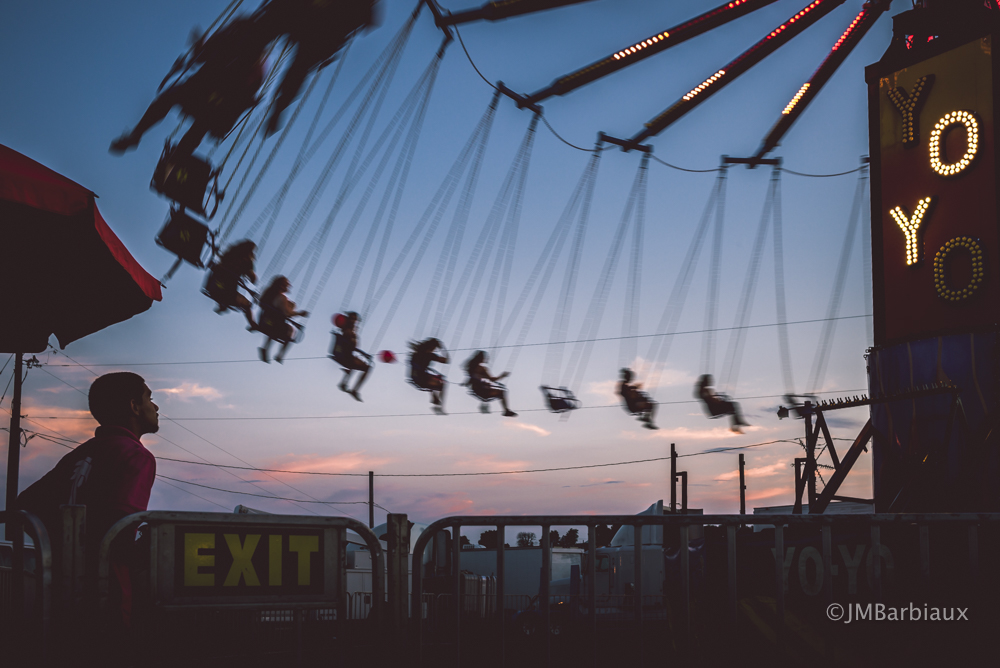
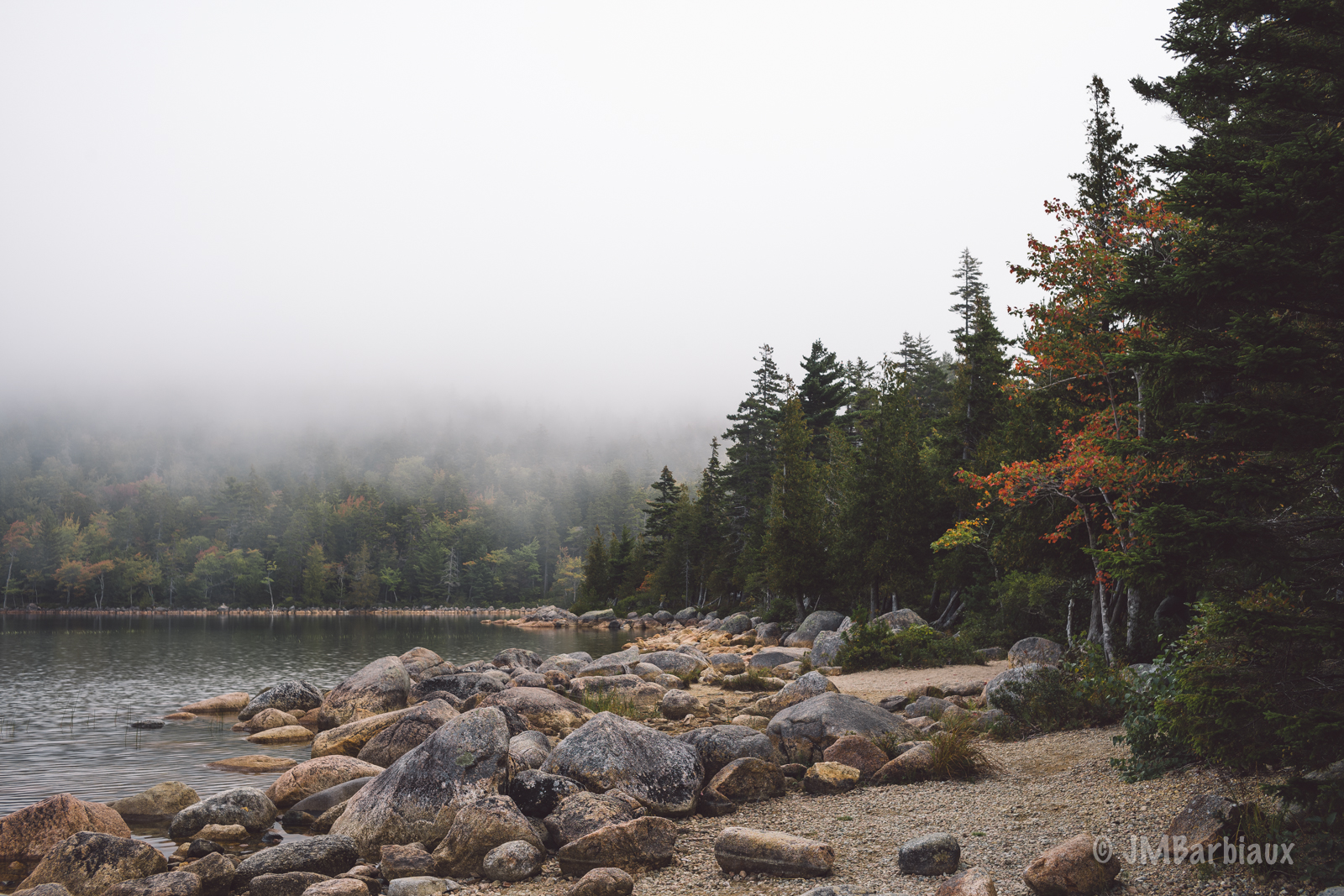
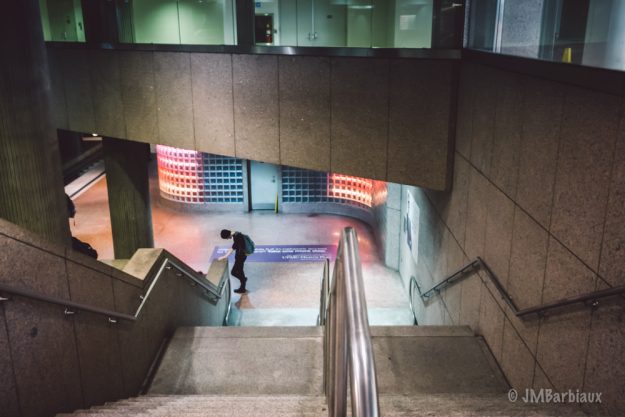
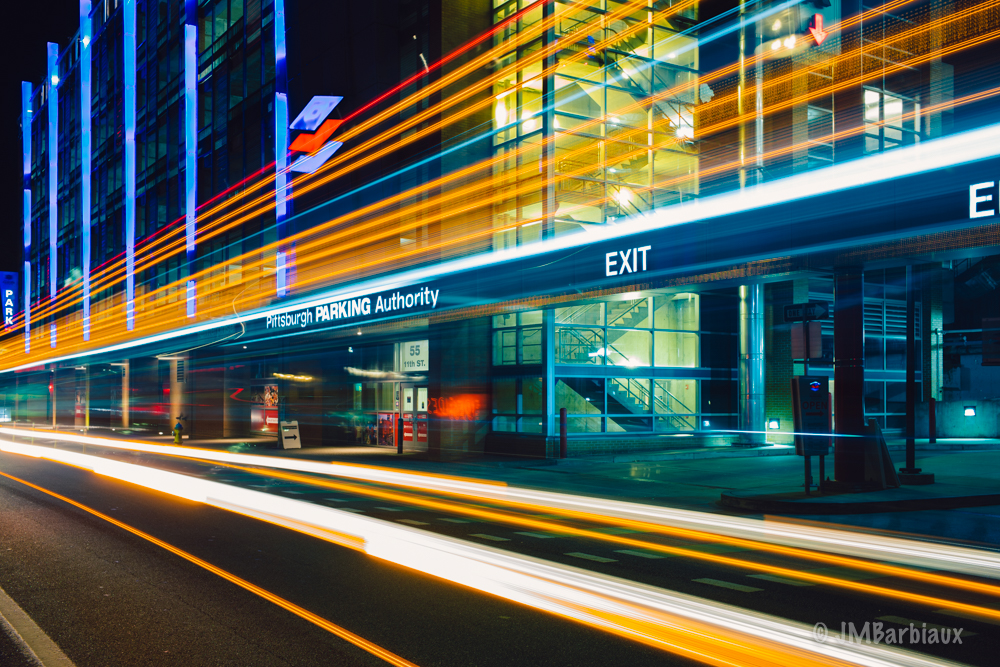
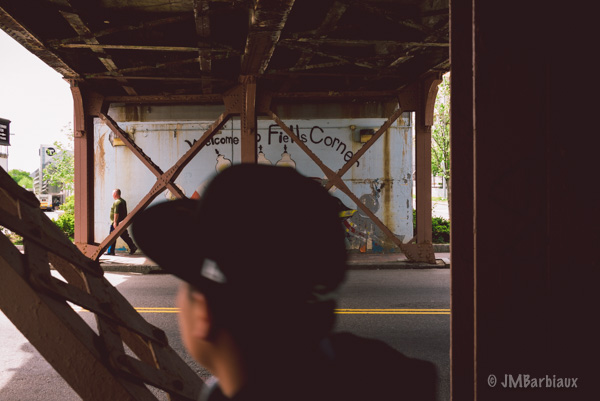

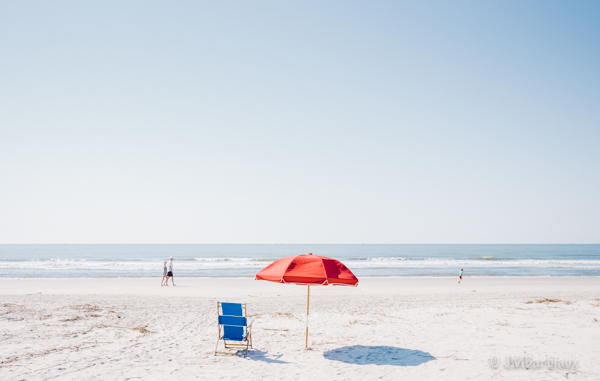
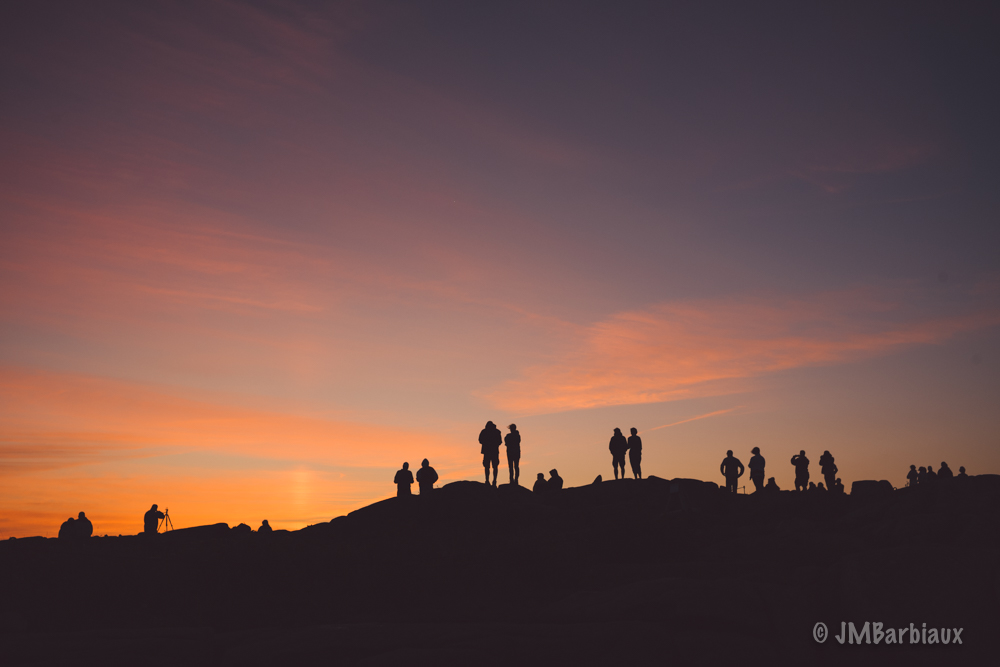
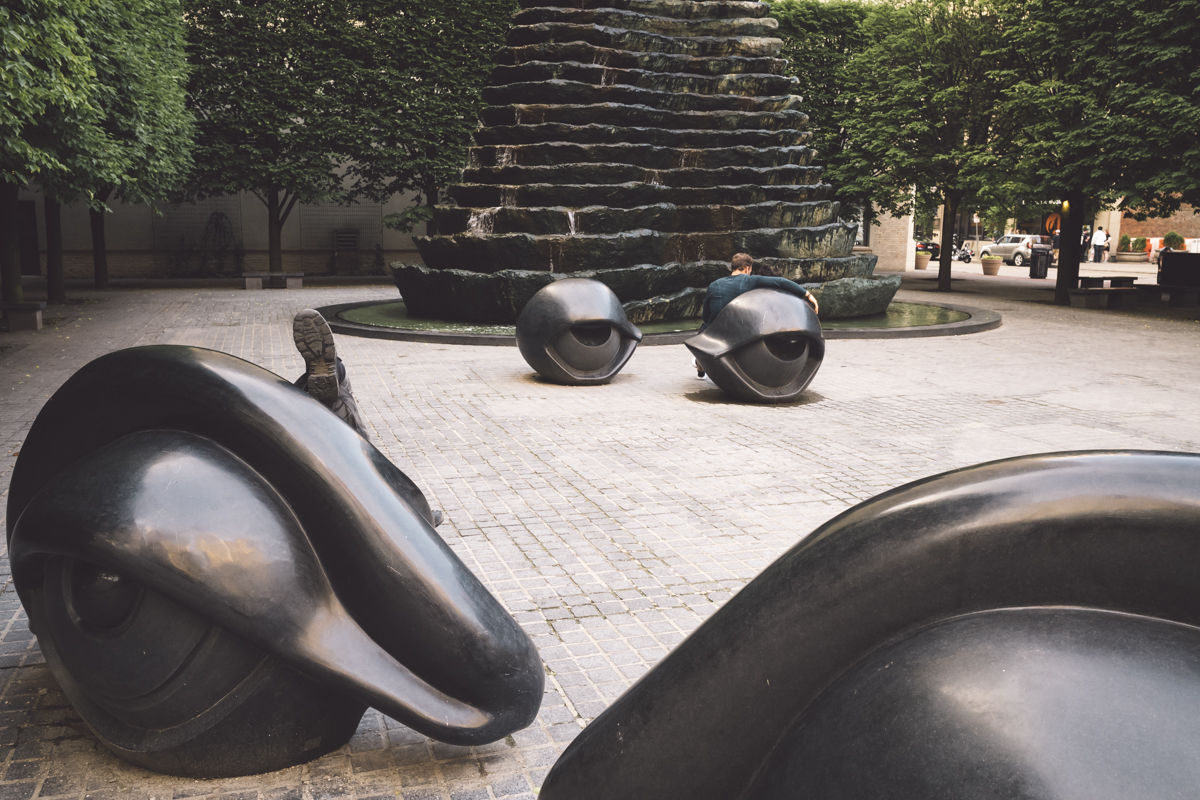
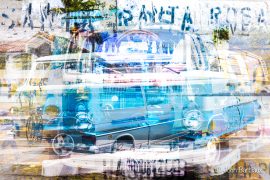
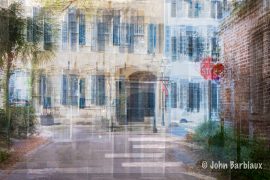
After many years of using Leica lenses my first being the 35 summilux fle I’ve returned wholly to it for the ease of hyperfocal focus, unreal sharpness at f1.4 and yes the extra stop DOES matter. Yes 28mm has even more latitude but then there is the distortion John describes but I have a suggestion pick up a Ricoh GRii for $600 it is a game changer for street photographers with a little feature called snap focus. 16 megapixel apsc sensor with 28mm lens in 35 equivalent this is a serious camera (or wait for the GRiii rumored in September). 50mm is tough if you want to be fast zone focus is pretty tight but a great portrait lens. If there were 40mm frame lines the voigtlander f1.2 might be the lens glued to my M7 as 35mm at times is a hair wide. For the foreseeable future the 35mm is my lens. The summicron john recommends is the right choice I have to agree as ones first lens it’s half the price of the summilux.
Thanks for the info and feedback Luke! I have not shot with the Ricoh since it’s first iteration, I’ll have to give it a try again.
I agree that a 35mm is a good choice for the first or only Leica lens. I also feel that going the extra mile and purchasing the 35mm 1.4 FLE is worth it. It was my first Leica lens and is the lens I use under most circumstances. If I’m out for landscapes, I use the 21mm 3.4. It can’t be beat. My best recommendation is to rent a lens first. My technique is to mount a lens and let it be the only lens I use that day.
Great technique! Thanks for the insight. I second your recommendation for renting lenses (and cameras for that matter) first.
An interesting piece. I’ll throw a spanner in the works here. Down the years I’ve been fortunate to own most of the usual suspects. But my ‘permanent’ favourite all purpose lens is the 40mm Summicron C. For portraits relatively soft at f2. By f4 as crisp as you’ll ever need. The only trade off is the absence of frame guides. With practice it’s really not a problem. Small and lighter than the 35mm it really is a contender – if you can find one from a reputable source.
I agree with the 35mm choice and the comment about pricing structure. I liked the 35mm aspherical because it was more ergonomically built than the Summicron for focusing.
Fantastic sites! Really enjoying your work both written and in images.
Thank you, I really appreciate the feedback.